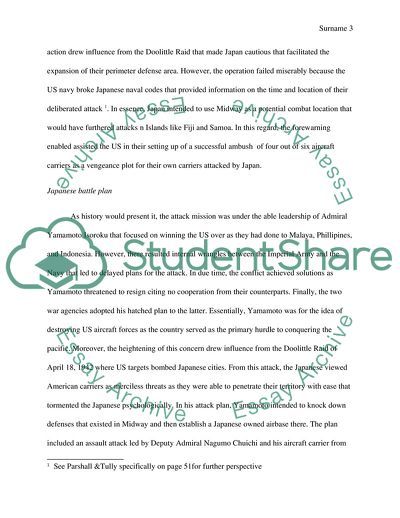Cite this document
(Naval Analysis of the Battle of Midway Essay Example | Topics and Well Written Essays - 2000 words - 1, n.d.)
Naval Analysis of the Battle of Midway Essay Example | Topics and Well Written Essays - 2000 words - 1. https://studentshare.org/military/1797020-the-battle-of-midway-a-naval-analysis
Naval Analysis of the Battle of Midway Essay Example | Topics and Well Written Essays - 2000 words - 1. https://studentshare.org/military/1797020-the-battle-of-midway-a-naval-analysis
(Naval Analysis of the Battle of Midway Essay Example | Topics and Well Written Essays - 2000 Words - 1)
Naval Analysis of the Battle of Midway Essay Example | Topics and Well Written Essays - 2000 Words - 1. https://studentshare.org/military/1797020-the-battle-of-midway-a-naval-analysis.
Naval Analysis of the Battle of Midway Essay Example | Topics and Well Written Essays - 2000 Words - 1. https://studentshare.org/military/1797020-the-battle-of-midway-a-naval-analysis.
“Naval Analysis of the Battle of Midway Essay Example | Topics and Well Written Essays - 2000 Words - 1”. https://studentshare.org/military/1797020-the-battle-of-midway-a-naval-analysis.


